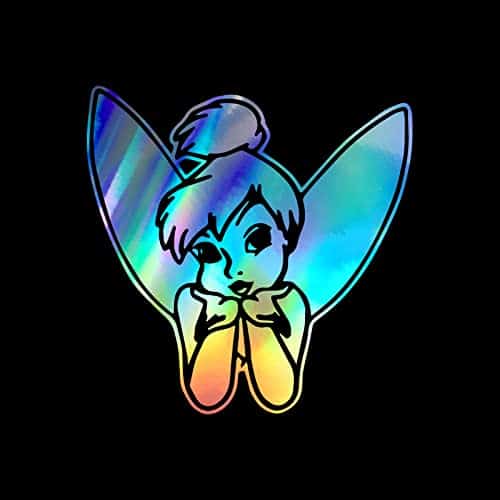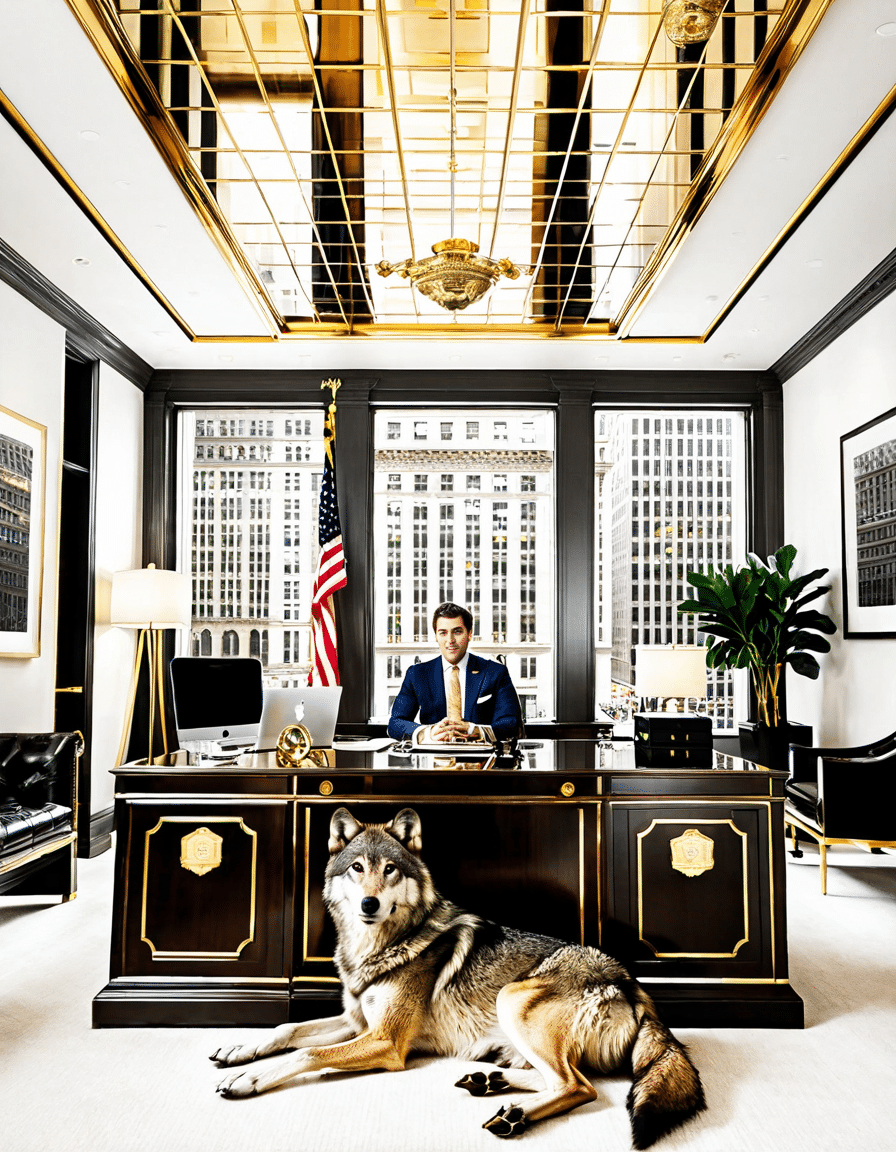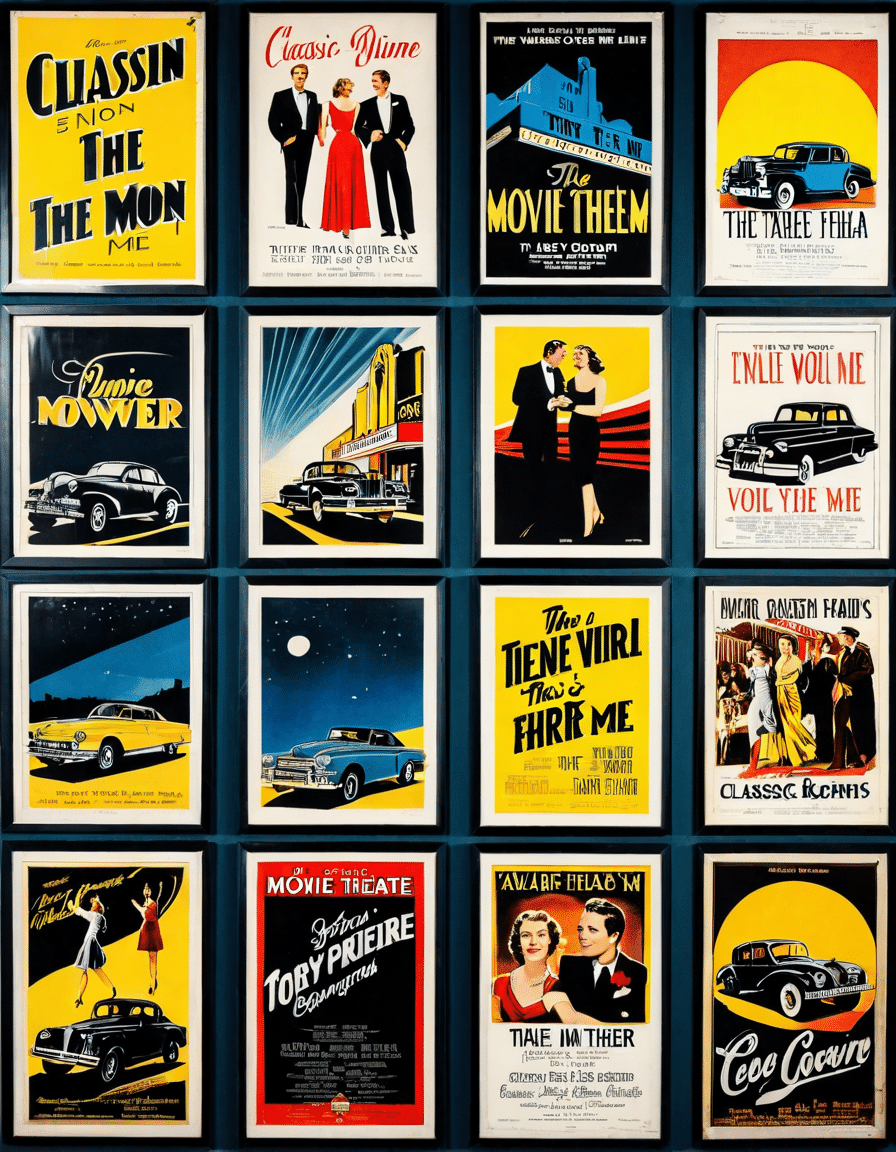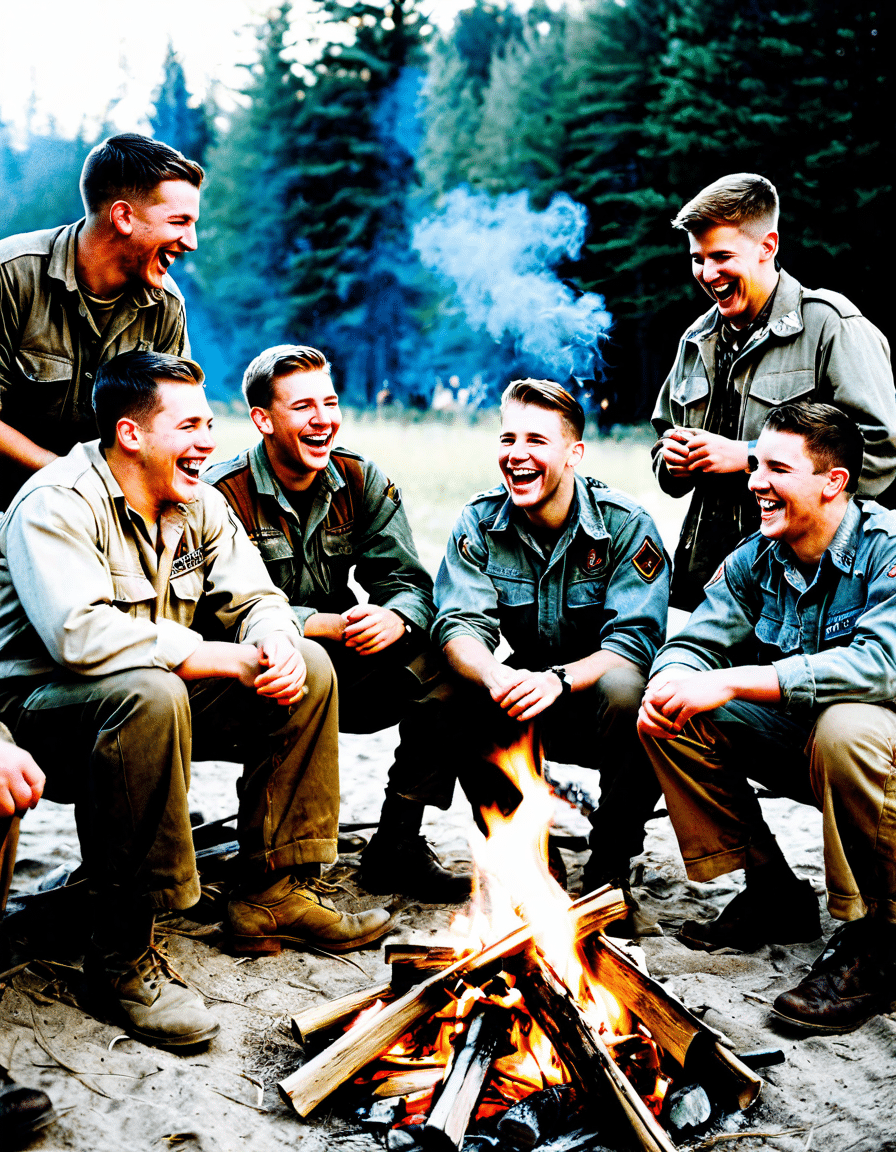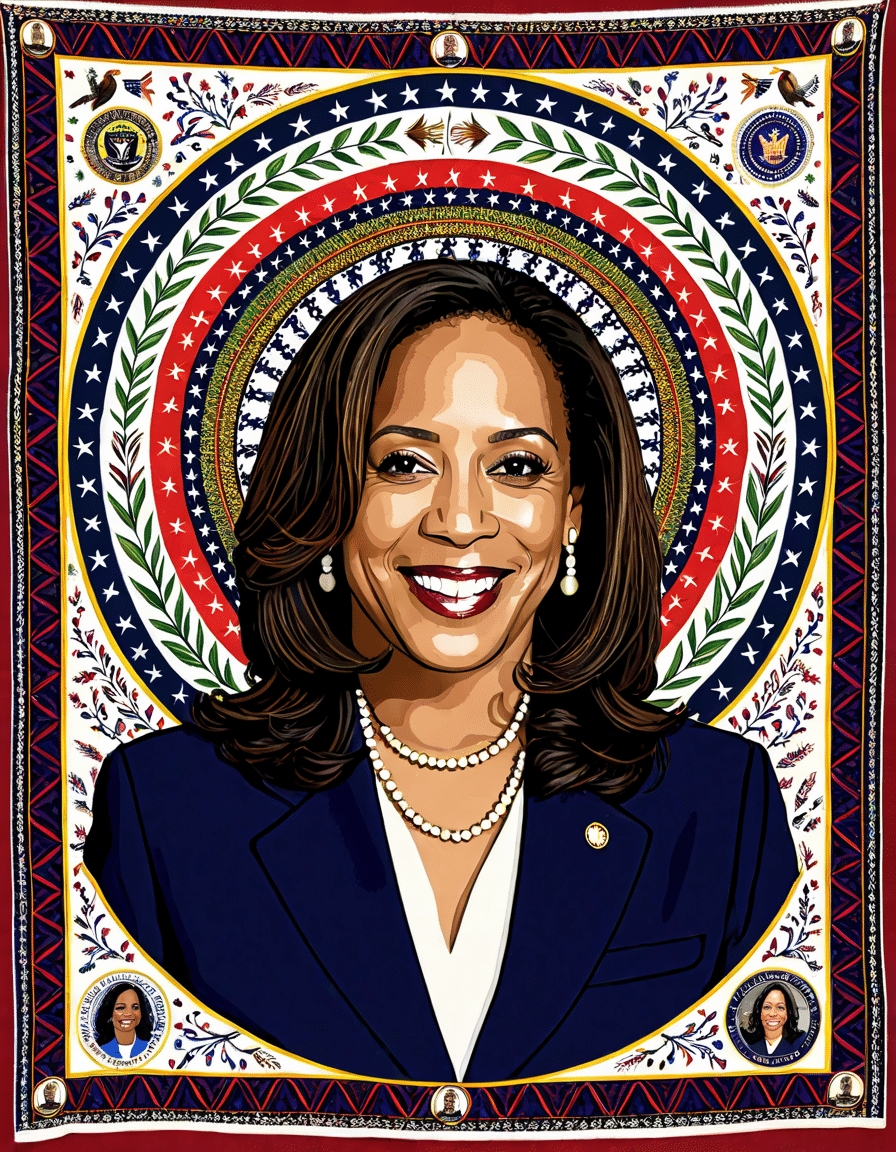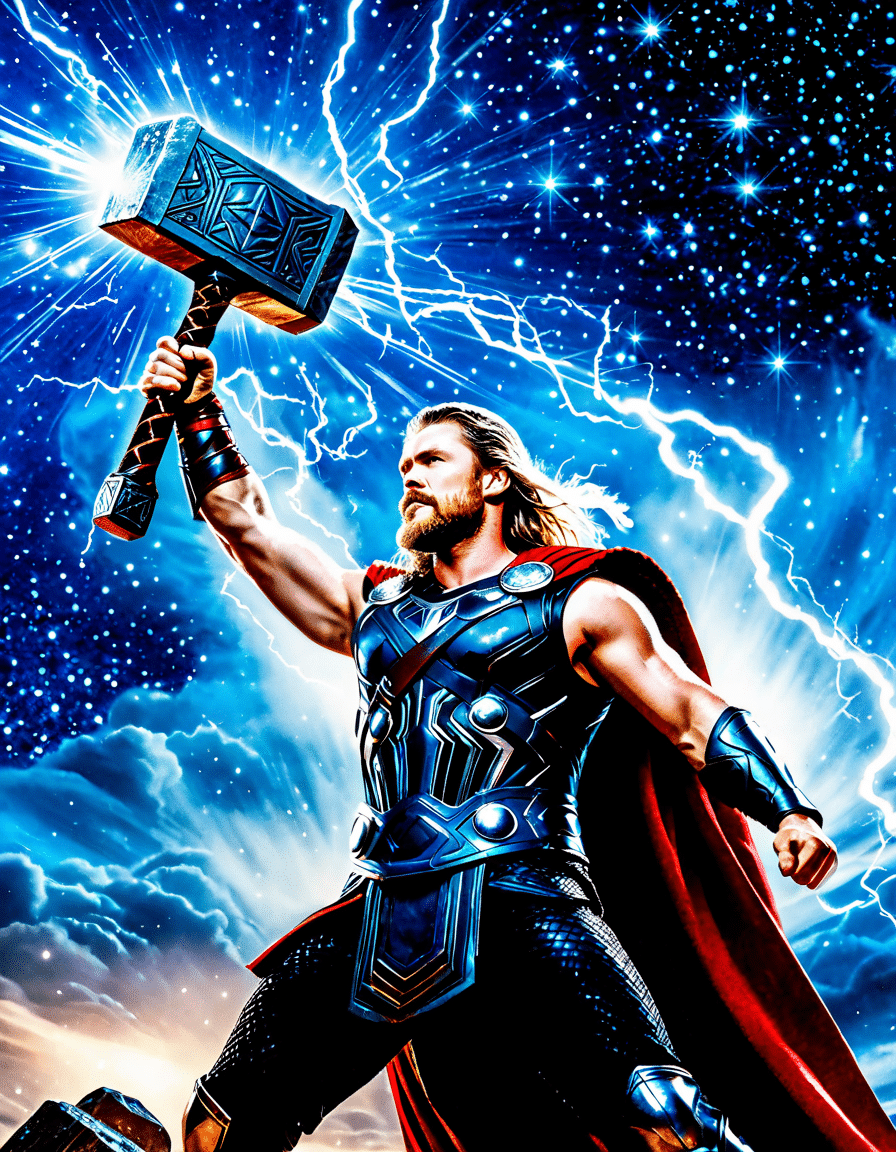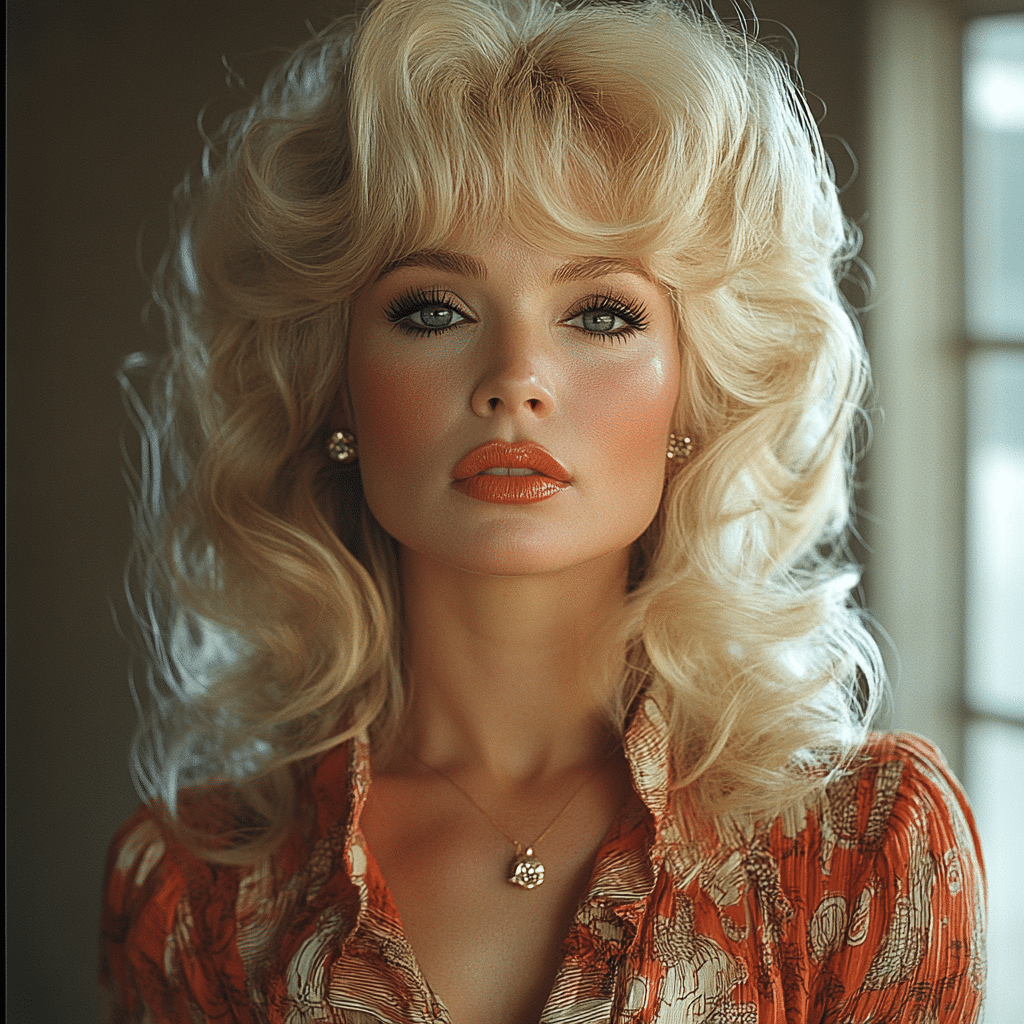King Kong stands as an enduring symbol of cinematic brilliance, intrigue, and societal reflection. Since his towering debut in 1933, this colossal ape has not only captivated moviegoers around the globe, but he has also left an indelible mark on popular culture. Whether it’s a casual Tuesday afternoon or a Saturday night binge-watch, the story of King Kong remains a fan favorite. So, let’s dive into seven fascinating aspects that illuminate how King Kong evolved from a mere movie monster to a cultural icon that still resonates with generations.
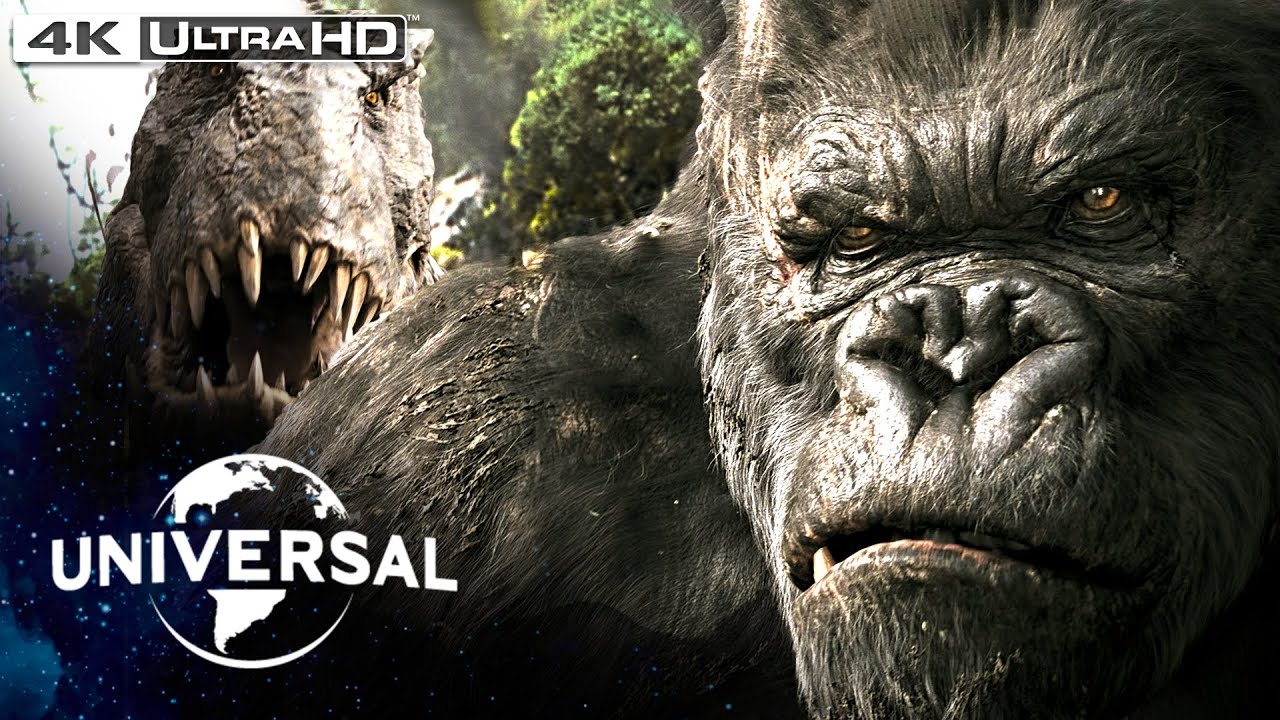
7 Ways King Kong Became a Cultural Phenomenon
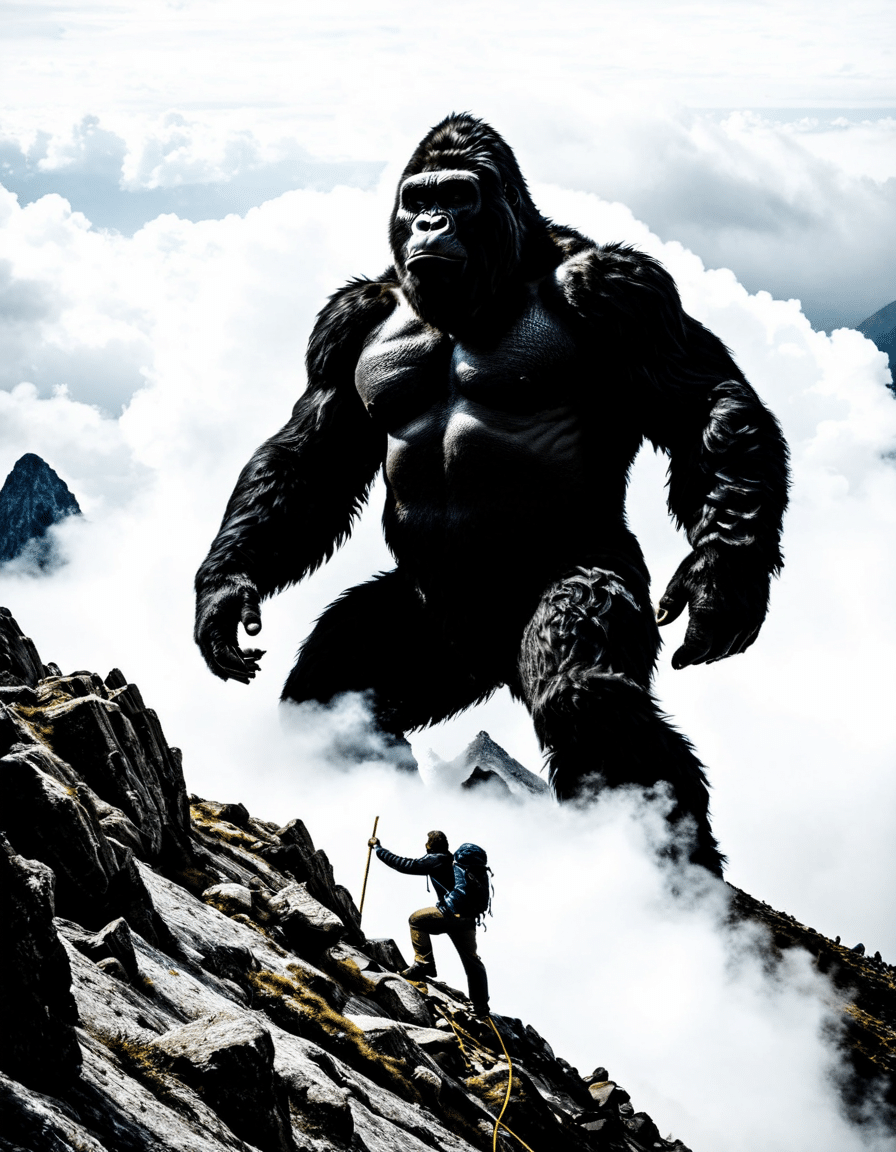
1. Innovative Special Effects and Storytelling
The original King Kong film showcased revolutionary special effects for its time. Can you imagine how audiences in the ‘30s reacted to stop-motion animation? Willis O’Brien worked magic to create a believable and terrifying creature, setting the stage for all monster movies that came after. Fast forward to Peter Jackson’s 2005 remake, which cranked things up a notch with cutting-edge CGI. This continual evolution in storytelling techniques reveals our society’s insatiable appetite for next-level cinematic experiences that keep us glued to our seats.
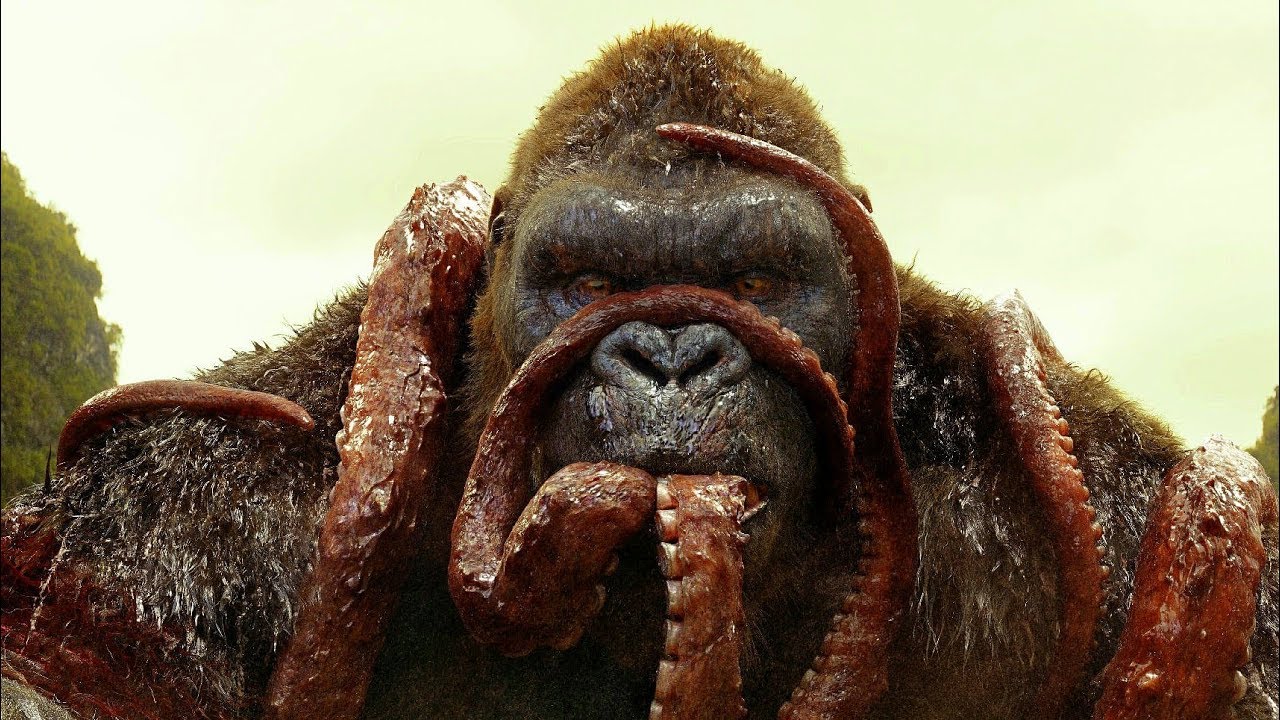
2. A Reflection of Societal Fears and Desires
When you think about it, King Kong often embodies the fears and desires of the times in which his films are set. The 1933 release, for instance, captured the societal anxieties of the Great Depression. Those struggling times amplified fears of industrialization and our loss of control over nature. In contrast, the 2005 remake delves into post-9/11 concerns, showcasing themes of foreignness and the fragility of innocence.
Just as characters in beloved shows like I Love Lucy navigated the pressures of that era, King Kong perfectly illustrates the timeless struggle between humanity and primal instincts. It’s this deep-seated conflict that resonates with audiences across multiple generations.
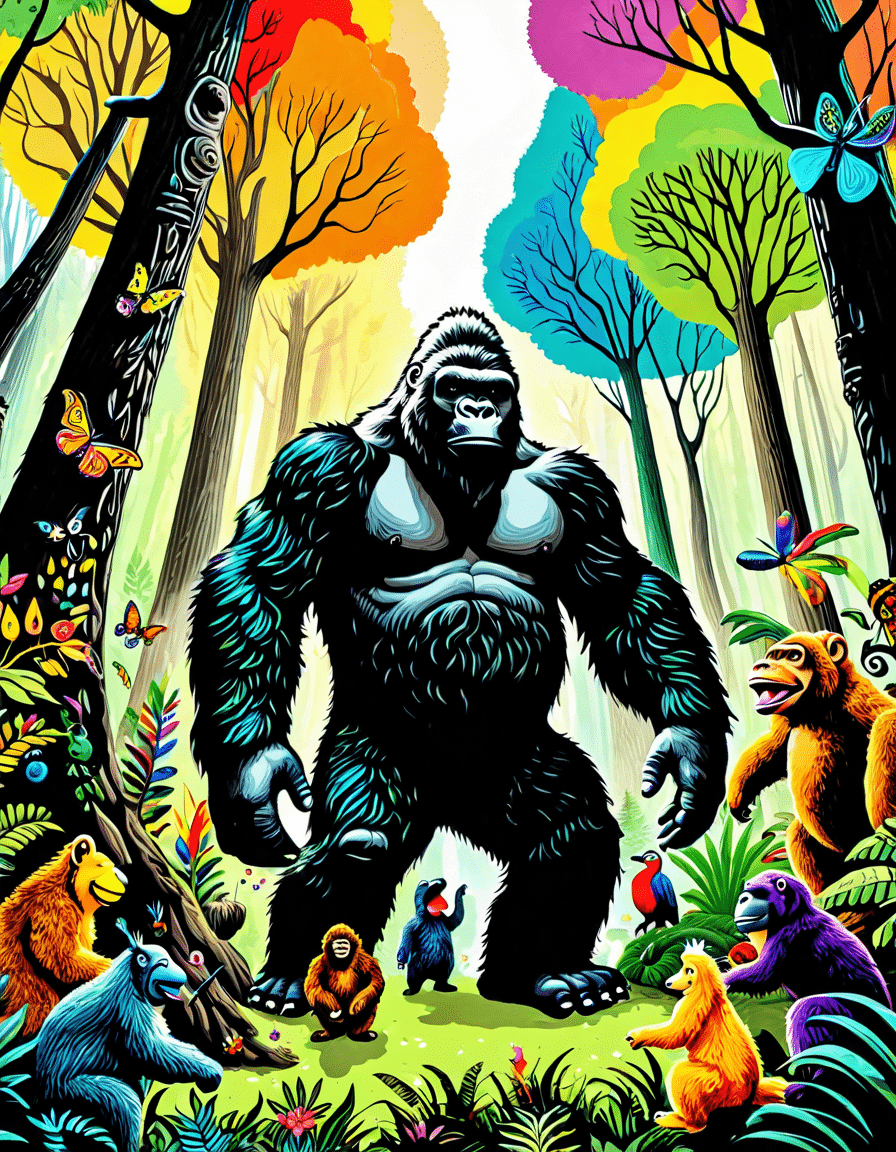
3. The Influence of King Kong on Other Media
King Kong’s sway doesn’t just stop at the cinema; it branches out into television and literature, influencing countless works. The thematic weight of this giant ape can be seen in the communal family dynamics of shows like Everybody Loves Raymond and Everybody Hates Chris. These series, while not directly about a giant ape, demonstrate deep character arcs and relationships that compel audiences to empathize with their struggles—mirroring how viewers are drawn to Kong’s tragic story.
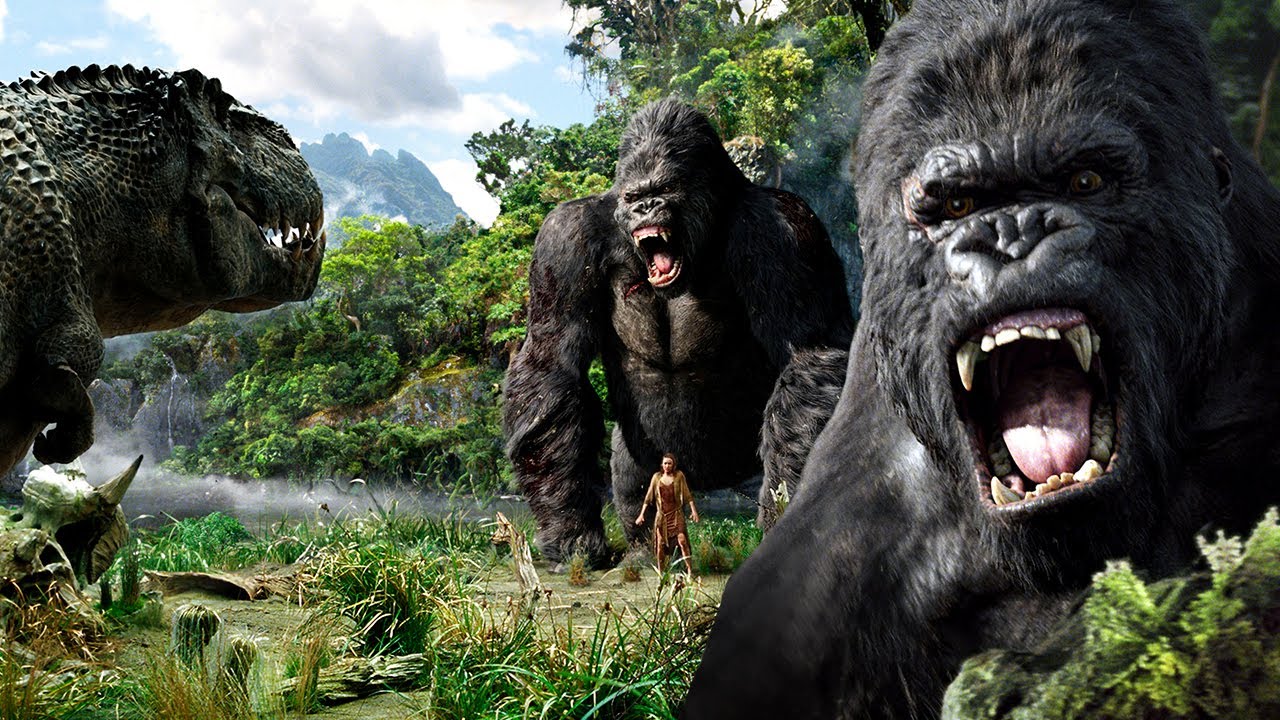
4. Merchandising and Brand Collaborations
Dive into any toy store, and you might just trip over King Kong merchandise! His reach into merchandising is vast; he aligns seamlessly with major brands to offer everything from action figures to beloved attractions like King Kong: Skull Island at Universal Studios. It’s reminiscent of the extensive Christmas merchandising tied to Charlie Brown Christmas, a reminder that nostalgia can drive consumer behavior.
5. Nostalgia and Iconic Status
The ability to conjure up nostalgia is what keeps King Kong a relevant beast over the decades. Much like the characters of I Love Lucy or the relatable situations from Everybody Loves Raymond, King Kong has a familiar yet timeless appeal that resonates with viewers of all ages. Every new adaptation or merchandise drops reignites interest without losing the character’s essence.
6. King Kong in Modern Cinematic Universes
As a key player in Warner Bros.’ MonsterVerse, King Kong has found a new platform among iconic monsters, showcasing the necessity of solid character development in modern cinema. This trend mirrors ensemble casts like the Everybody Loves Raymond family, where diverse interactions enhance the overall narrative experience.
7. Academic Discourse and Analysis
Scholars frequently dissect King Kong’s cultural symbolism, which often tackles themes like colonialism, masculinity, and the clash between civilized society and primitive nature. This exploration invites discussions much like those surrounding the escapist elements of our favorite TV shows. The conversation around King Kong’s narrative encourages deeper reflection, which can be just as enriching as discussing a Martin Scorsese Filmography filled with depth and multifaceted characters.
The lasting legacy of King Kong uncovers his role as both a cinematic and cultural touchstone. His evolution over generations reflects shifting societal norms and fears, while his capacity for emotional resonance continues to speak to the essence of human experience. As we dissect King Kong’s narratives and influences, we appreciate the artistry behind this forty-foot tall character and understand how he serves as a mirror to our collective psyche. The mighty beast has captivated, terrified, and inspired us—ensuring that his reign in our hearts will likely continue for years to come.
In a world filled with everyday chaos, let’s remember: King Kong is more than just an oversized ape; he’s a piece of us all, connecting generations of movie lovers and cultural critics alike. What a journey it’s been!
King Kong: Fun Trivia About the Mighty Beast Who Captivated the World
King Kong’s Cinematic Journey
Did you know that the original King Kong premiered in 1933? This iconic film not just laid the groundwork for monster movies but also showcased groundbreaking special effects for its time. The giant ape quickly became a pop culture phenomenon, leading to numerous remakes and crossovers that kept audiences on the edge of their seats. Godzilla Vs Kong is a prime example of how this beloved creature continues to evolve in the modern cinema landscape. Isn’t it fascinating how a character born in the early days of film has remained relevant for almost a century?
Behind the Scenes
In creating the original King Kong, filmmaker Merian C. Cooper wanted to capture more than just thrilling action; he sought a deeper narrative, akin to that of classic stories like Forrest Gump. The film delved into themes of beauty, tragedy, and the savage nature of man. Interestingly, the puppet technique used for Kong was revolutionary. Today, you can see a bit of that magic mirrored in films like War For The Planet Of The Apes, where advanced CGI helps bring creatures to life. Just think: a legendary giant was crafted mainly with puppetry and ingenuity!
Cultural Impact and Legacy
King Kong isn’t just a monster; he’s a cultural icon. His legacy has been honored in various forms, including toys, video games, and even parodies. You might recall that one hilarious stunt featuring a giant ape on The Price Is Right! So, it’s no wonder also that his story inspired countless filmmakers and writers, including those who crafted shows like Hillbilly Elegy. And if you enjoy racing and competition, you’ll appreciate that Alan Kulwicki, a legendary NASCAR driver, also made waves for his own impressive legacy, reflecting that timeless pursuit of greatness. Whether you’re battling your own personal “Kong” or simply enjoying a monster movie with friends, this gentle giant continues to remind us of our deeper connections and fears.
King Kong’s enduring mystique harks back to a simplicity that captivates, reminding us why we keep returning to the stories of the giants that exist in our imaginations. Just as Dave Blunts immerses audiences in unique experiences, so too does King Kong invite us into his tumultuous world, offering both thrills and profound lessons through his legendary narrative.

